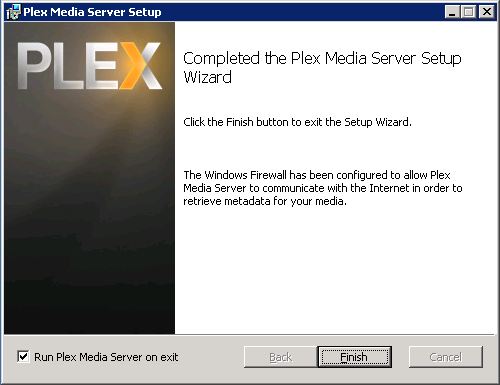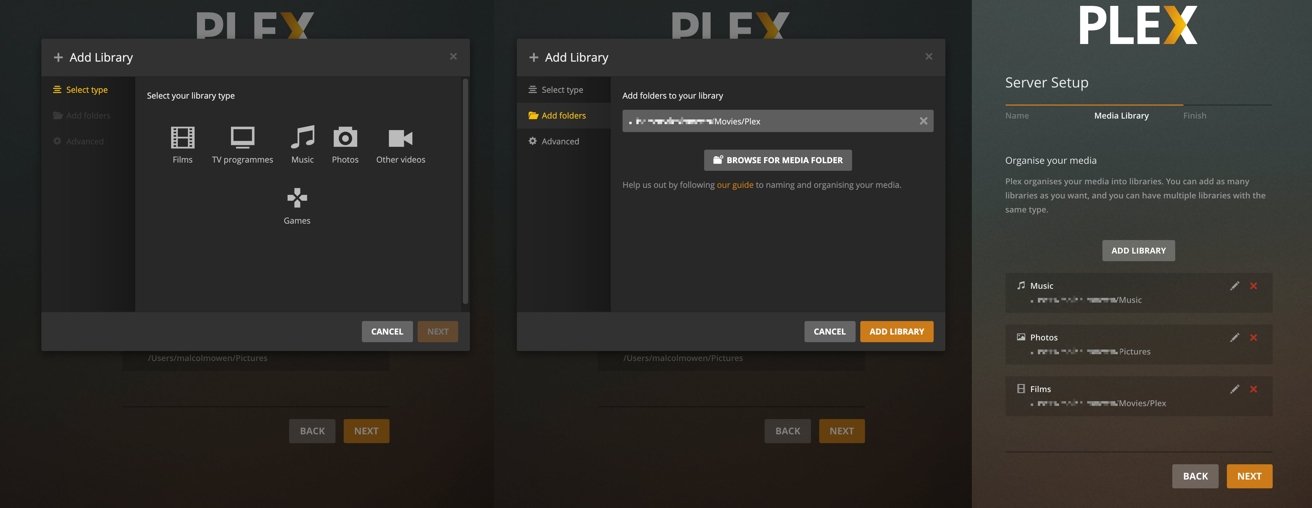


Set plex to use that location (/mnt/tmp in the example above) using the Plex Interface (Settings, Transcoder, Show Advanced, Transcoder temporary directory) Iocage fstab -a plex /mnt/RAMPool/plextmp /mnt/tmp nullfs rw 0 0

Then add the dataset in the jail in the GUI if you did the import, otherwise: Then set the permissions you need for the Plex jail user i n the GUI if you did that import, otherwise:Ĭhown -R plex:plex /mnt/RAMpool/plextmp (substitute plex user UID if you don't have one matching on the host) Optionally export the pool so you can put it in the GUI (using Storage Pools Add, import existing pool after the export at CLI) Then Create the dataset to put in your plex jail In any case, the point is, I 100% agree with what you’re saying, but you should think about your specific usage pattern before jumping into a NAS only solution… any cheap NAS is going to have an underpowered CPU and not be capable of any significant real-time transcoding.There you would have a device of 6GB at /dev/md1 (vary the size to suit your needs)
Transcoder settings plex mac mini 1080p#
If I try to play a 1080p file that’s too high (for instance high profile 4.2) for my 3rd gen aTV to handle, it’ll peg the NAS’s CPU and stutter and basically not play. Most of my media is in an MKV container with H264 (high profile 4.1)/AC3 inside, so my NAS can handle the demuxing, but even transcoding an audio stream (for example, DTS to AC3) can cause my NAS to hit 75% CPU usage.
Transcoder settings plex mac mini software#
I bought it because it supposedly had hardware transcoding ability, but one the Synology software supports it (read: not plex). This is based on my experience with a Synology DS214play. If you have media in a format your client (aTV, SmartTV, Computer, etc.) can natively handle, you’ll be golden otherwise you may be disappointed by this option. The problem with this is that the CPU is underpowered for transcoding (if necessary).


 0 kommentar(er)
0 kommentar(er)
